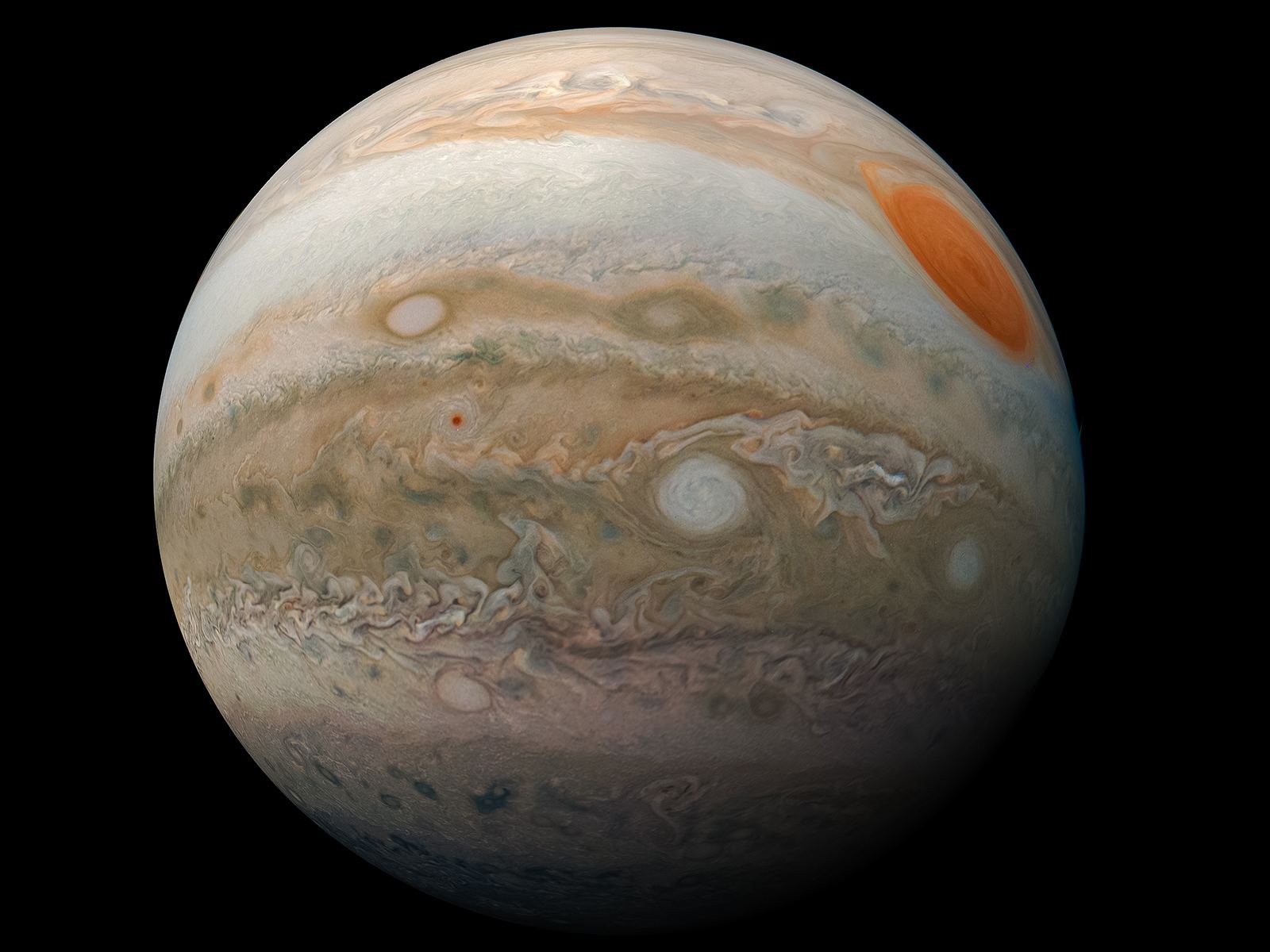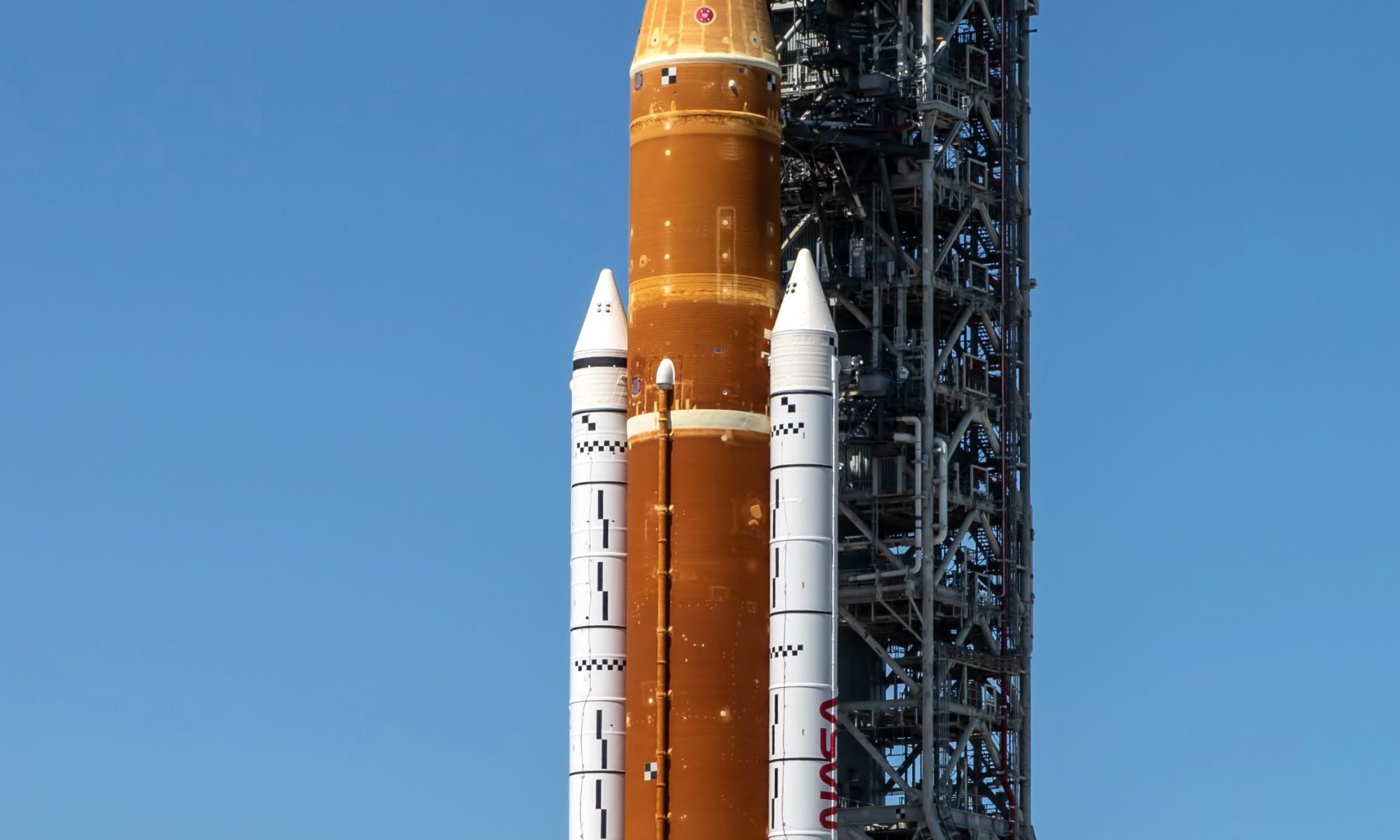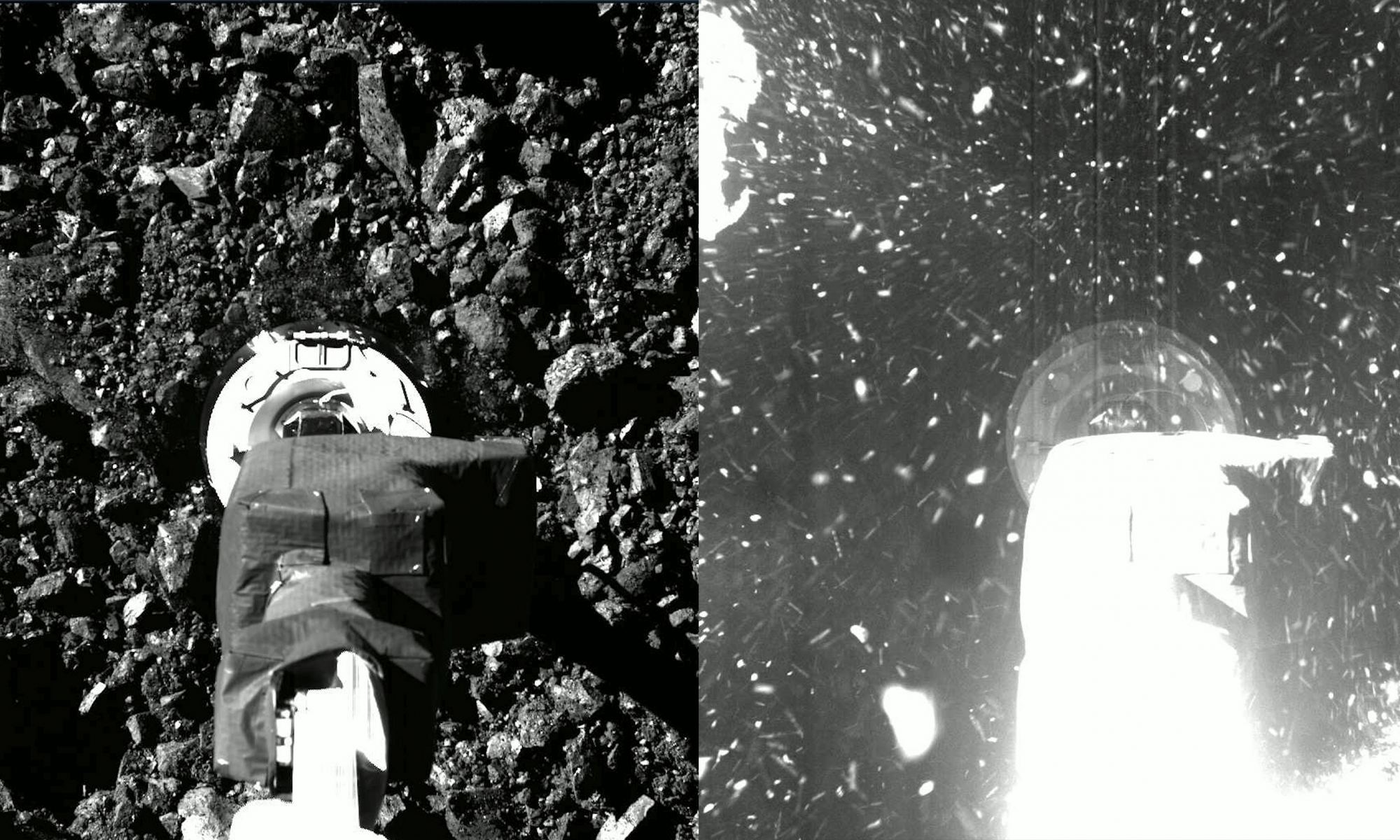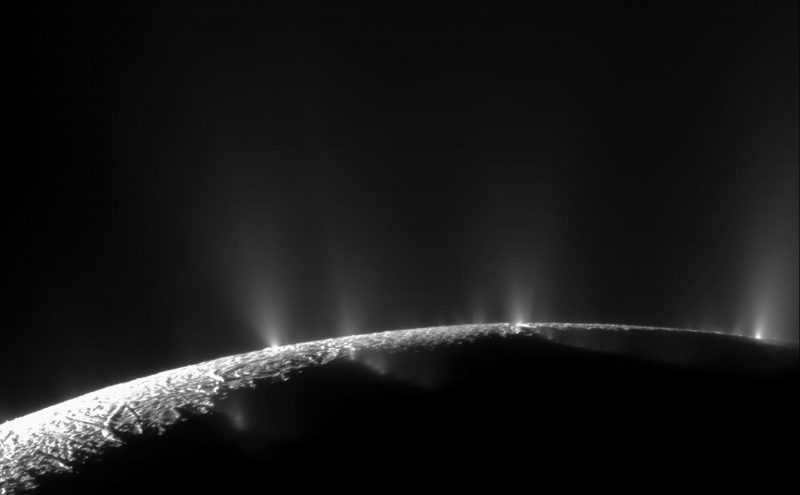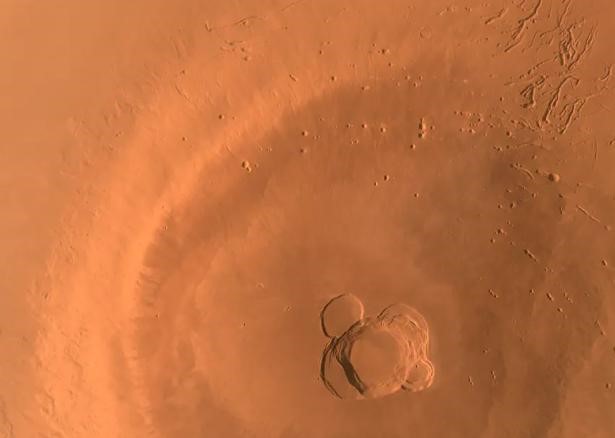In a recent study published in the Journal of High Energy Physics, two researchers from Brown University demonstrated how data from past missions to Jupiter can help scientists examine dark matter, one of the most mysterious phenomena in the universe. The reason past Jupiter missions were chosen is due to the extensive amount of data gathered about the largest planet in the solar system, most notably from the Galileo and Juno orbiters. The elusive nature and composition of dark matter continues to elude scientists, both figuratively and literally, because it does not emit any light. So why do scientists continue to study this mysterious—and completely invisible—phenomena?
Continue reading “Jupiter Missions Could Also Help Search for Dark Matter”NASA’s Space Launch System Gets Tentative Launch Date of August 29th
NASA has announced tentative placeholder launch dates for its beast of a rocket, the Space Launch System (SLS), on its maiden flight to deep space. While work still needs to be accomplished to ensure its launch, the tentative dates are currently August 29th, September 2nd, and September 5th. While NASA stressed these are not set dates, the announcement nonetheless puts SLS closer than ever to flight.
The maiden launch of the most powerful rocket ever built comes after years of budget increases and delays. Funding for SLS was approximately $1.5 billion in 2011 but has increased almost every year until it hit $2.5 billion in 2021. This came after Congress mandated SLS “operational capability…not later than December 31, 2016”, but has faced countless delays since then due to audits and poor management.
Continue reading “NASA’s Space Launch System Gets Tentative Launch Date of August 29th”The Record for the Farthest Galaxy just got Broken Again, now just 250 million years after the Big Bang
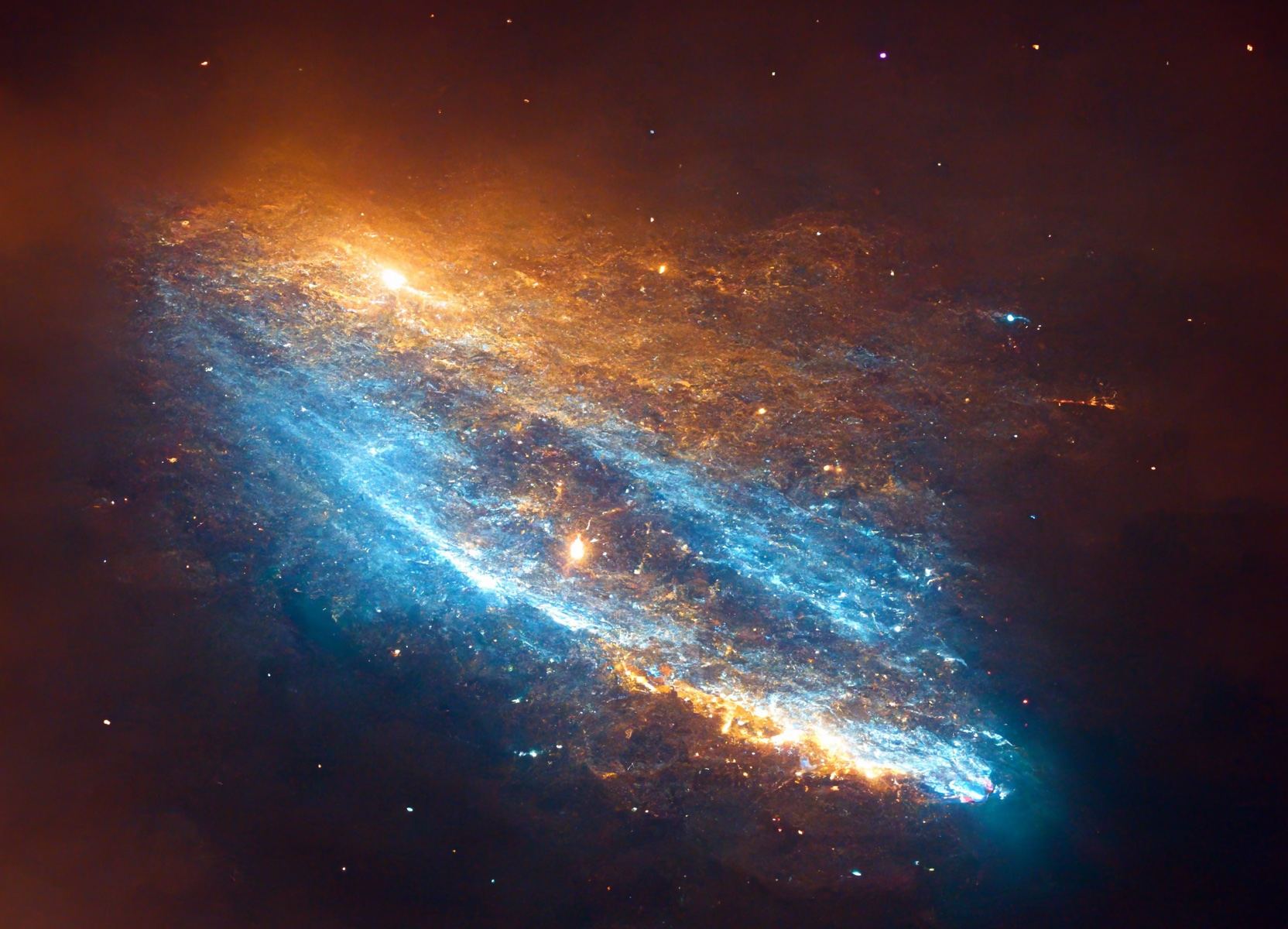
In a recent study submitted to MNRAS, a collaborative research team has utilized the first set of data from the James Webb Space Telescope (JWST) discovering a galaxy candidate, CEERS-93316, that formed approximately 250 million years after the Bing Bang, which also set a new redshift record of z = 16.7. This finding is extremely intriguing as it demonstrates the power of JWST, which only started sending back its first set of data a few weeks ago. CEERS stands for Cosmic Evolution Early Release Science Survey, and was specifically created for imaging with JWST.
Continue reading “The Record for the Farthest Galaxy just got Broken Again, now just 250 million years after the Big Bang”Another Amazing Image from Webb, This Time it’s Galaxy IC 5332
The James Webb Space Telescope (JWST) continues to both dazzle and amaze with its latest image, this time of Galaxy IC 5332, also known as PGC 71775, which is an intermediate spiral galaxy located approximately 30 million light years away. This comes after JWST released its first images at its full power, which includes the Carina Nebula, Stephan’s Quintet, Southern Ring Nebula, and SMACS 0723, the last of which was the deepest and sharpest image of the distant universe to date.
Continue reading “Another Amazing Image from Webb, This Time it’s Galaxy IC 5332”OSIRIS-REx Would Have Sunk Deep into Asteroid Bennu if it Tried to Land
A pair of studies published in Science and Science Advances have helped identify that NASA’s OSIRIS-REx (Origins, Spectral Interpretation, Resource Identification, Security-Regolith Explorer) spacecraft would have sunk into the asteroid Bennu had the spacecraft not fired its thrusters immediately after collecting samples from the surface of the small planetary body in October 2020. The respective studies examined the loosely packed exterior of Bennu, comparing its surface to stepping into a pit of plastic balls that people of all ages enjoy. The paper in Science was led by Dr. David Lauretta, Principal Investigator of OSIRIS-REx and a Regents Professor at the University of Arizona, and the paper in Science Advances was led by Dr. David Walsh, a member of the OSIRIS-REx team from the Southwest Research Institute in Boulder, Colorado.
Continue reading “OSIRIS-REx Would Have Sunk Deep into Asteroid Bennu if it Tried to Land”Solar System Tours: Plumes of Enceladus
“We’re coming up on the plumes!” The co-pilot announced over the intercom.
The other six passengers and I took our positions along the viewing cupola at the belly of the “Tour Bus”, and each grabbed on to the hand and foot restraints to keep ourselves in place in the weightlessness. We were traveling about 400 km (250 miles) above the south pole of Enceladus looking down at the highly reflective surface that was so bright it took about a minute for our eyes to adjust. We all remained silent, and my heart was pounding in anticipation. The Tour Bus silently coasted for a few more minutes as we took in the breathtaking view of Saturn’s sixth-largest moon.
Continue reading “Solar System Tours: Plumes of Enceladus”Perseverance is Searching for the Perfect Landing Spot for the Upcoming Sample Return Mission
NASA’s car-sized Perseverance (Percy) Mars rover has been had at work carrying out its science campaign in Jezero Crater on the Red Planet, but it’s equally been busy scouting for sites for NASA’s planned Mars Sample Return (MSR) mission, which is a joint mission with the European Space Agency. One of the many tasks for Percy has been to collect sample tubes that MSR will eventually return to Earth for further analysis, having collected its ninth sample on July 6. This most recent sample is especially intriguing as it’s the first taken from the Jezero’s delta itself, which is believed to be one of the most ideal locations to search for past life on the Red Planet.
Continue reading “Perseverance is Searching for the Perfect Landing Spot for the Upcoming Sample Return Mission”China’s Tianwen-1 has Imaged the Entire Surface of Mars, Completing its Primary Mission
After exploring Mars for more than a year, China’s Tianwen-1 space probe has successfully taken images covering the entire Red Planet, China’s National Space Administration (CNSA) announced on June 29. Tianwen-1, which translates to “quest for heavenly truth”, consists of six separate spacecraft: an orbiter, two deployable cameras, lander, remote camera, and Zhurong rover. The images in question were taken by the orbiter while circling Mars 1,344 times, capturing images of the Red Planet from every angle while Zhurong explored the surface. in the statement, CNSA said the probe has now completed all of its tasks, which included taking medium-resolution images covering the entire planet.
Continue reading “China’s Tianwen-1 has Imaged the Entire Surface of Mars, Completing its Primary Mission”Snooping on Alien Messages Passing Through the Solar System
Researchers at Penn State University have studied a new technique that could use a star’s ability to focus and magnify communications which could be passing through our own solar system, and has been accepted for publication in The Astronomical Journal and was part of a graduate course at Penn State covering the Search for Extraterrestrial Intelligence (SETI. The study describes our Sun as potentially acting as a kind of node as part of an interstellar communication network involving probes or relays near our Sun, acting like cellular telephone towers in space.
Continue reading “Snooping on Alien Messages Passing Through the Solar System”Mars Rovers Will Need to Dig Deeper If They Want to Find Evidence of Life
The search for life—even ancient life—on Mars is trickier than we thought. In a recent study published in the journal Astrobiology, researchers have determined that NASA’s Mars Perseverance (Percy) Rover will have to dig two meters (6.6 feet) beneath the Martian surface in order to find traces of ancient life. This is because the surface of Mars is constantly bombarded with extreme levels of solar radiation that scientists hypothesize would quickly degrade small molecules such as amino acids. The reason for this extreme level of radiation is due to the absence of a magnetic field, which scientists believe was stripped away billions of years ago when the planet’s liquid outer core ceased to produce the dynamo that created the field.
Continue reading “Mars Rovers Will Need to Dig Deeper If They Want to Find Evidence of Life”
